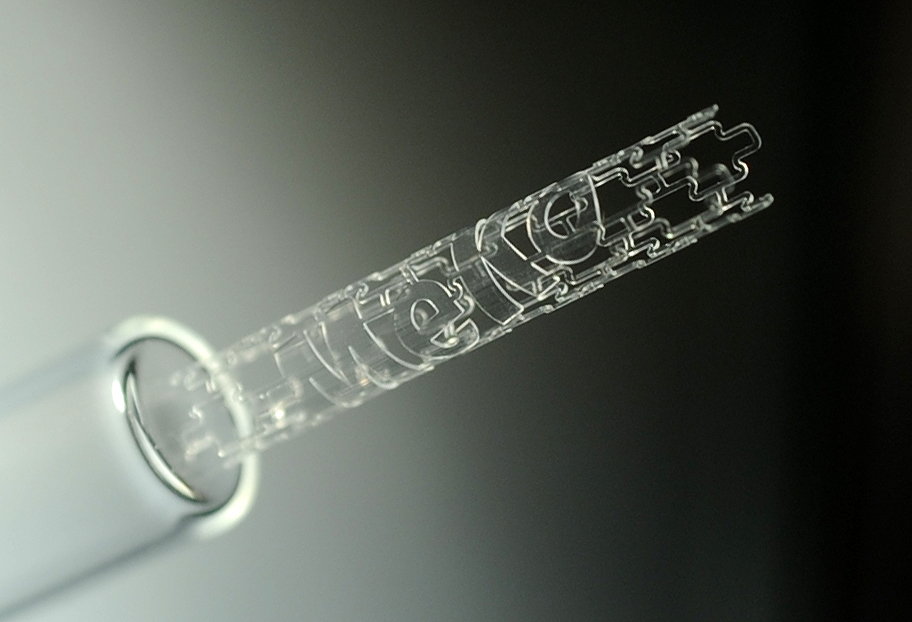The electroactive polymer market is highly profitable for semiconductor and polymer producers, though the manufacturers would require high initial investment to alter from silicon to polymers. There are several forces which effect the electro-active polymers market. Cost is the most considerable factor prompting the electro-active polymers industry growth. The use of polymers in luminescent and robotics applications is more cost-effective than the use of semiconductor and metals materials. The usage of electroactive polymers in the field of biomedicine and biomimetics could help address the global problem of rising healthcare costs.
WIDE RANGE OF APPLICATIONS OF ELECTROACTIVE POLYMERS AND COMPONENTS MADE FROM THEM IS GOING TO INFLUENCE THE ELECTROACTIVE POLYMER MARKET GLOBALLY
Electroactive polymers are capable of changing size and shape when subjected to an electric field. Owing to this ability of changing size and shape, they are being used in a wide range of applications. Superior redox activity, conductivity, synthetic versatility, and other mechanical properties of electroactive polymers render them fit for use in batteries and electrochemical capacitors. They are being explored for their use as electrodes in batteries due to their ability to undergo reversible reduction and oxidation. Actuators and sensors are the major applications of electroactive polymers, and as these devices are used widely in many electronic devices and equipment, these polymers have wide application in industries such as healthcare, power generation, and electronics. Electroactive polymers are lightweight, low cost, and low driving voltage materials that have increasingly high demand in the automation and electronics industries. As compared to conventional motion-generating devices, these polymers offer enhanced efficiency, reduced wear and tear, lower power consumption features to actuators and sensors, among others, along with decreasing their costs. These polymers have a wide potential in biotechnological applications such as active catheters, (bio)sensors, actuators, biomechanics, artificial muscles, and drug-delivery systems, mainly due to their simple processability, down-scalability, and low specific gravity. Anti-static packaging is another major application of electroactive polymers as they help in shielding the packaged devices from electromagnetic disturbances. Electrical devices emit electromagnetic frequencies which can interfere with the functioning of other electrical devices present in proximity. Hence, electroactive polymers are used in anti-static packaging and coating to restrict the interference caused by such electromagnetic frequencies. Thus, the wide application scope of electroactive polymers is boosting the market growth.



